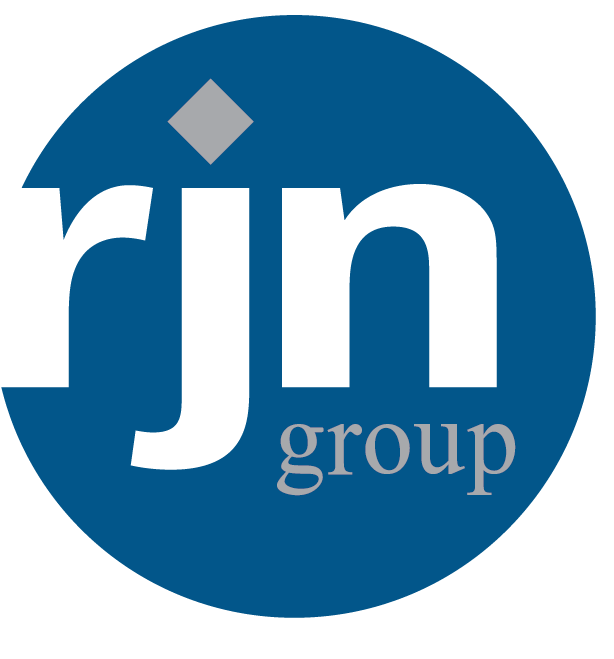(630) 682-4700
2655 Warrenville Road, Suite 225, Downers Grove, IL 60515
Better information about your collection, water, and stormwater systems
Explore ClarityBetter information about your collection, water, and stormwater systems
Explore Clarity
RJN Group, Inc., is an award-winning engineering firm specializing in the asse...
One common challenge for all wastewater systems is inflow and infiltration (I/I). By understanding how I/I impacts system performance and capacity during wet and dry weather conditions and how to efficiently address I/I, utility owners can safeguard the service life of wastewater assets and ensure sustainable and reliable services for the community. Let's start by unpacking the differences between infiltration and inflow.
Infiltration occurs when groundwater seeps into the collection system through cracks, pipe defects, faulty joints, and other openings.
In contrast, inflow occurs when water directly enters the system from inappropriate or illegal connections such as open cleanouts, improper or missing manhole covers, sump pumps, or drain spouts. Excessive surface run-off during heavy rainfall can also contribute to inflow.
Inflow and infiltration strain wastewater systems by increasing flow levels. This overwhelms collection systems and treatment facilities, which leads to sewer overflows and back-ups. In other words, I/I robs a system of capacity. The impacts of I/I can be significant and far-reaching, including increased operational and treatment costs, damage to private property, compromised water quality, environmental concerns, and regulatory violations.
There are numerous tactics and approaches to identifying sources of I/I which can be tailored to each system, including:
The National Association of Sewer Service Companies (NASSCO) standards and certification programs are the industry norm for manhole inspection protocols and grading manhole, lateral, and pipe conditions. Implementing the NASSCO Manhole/Pipeline/Lateral Assessment and Certification Program (MACP/LACP/PACP) standards for I/I assessments produces a reliable and consistent approach to evaluating risks and planning maintenance and capital improvement programs.
Managing infiltration and inflow is essential for wastewater systems' long-term sustainability and efficiency. Strategies to mitigate I/I include:
At RJN, we provide comprehensive solutions to address a wide range of system challenges — including infiltration and inflow — our proactive approach is designed to minimize risk while extending the service life of system infrastructure.
Explore our Wastewater, Flow Monitoring, Field Inspection, and Inflow/Infiltration Service Pages to learn how RJN can help you address I/I in your wastewater system. Alternatively, get in touch with a representative to discuss how RJN can add value to your organization.

RJN Group, Inc., is an award-winning engineering firm specializing in the asse...